Birding at El Torcal
El Torcal de Antequera Nature Reserve is one of the most impressive karst landscapes in Europe. Located at just 1 h drive from Malaga city, offers one of the best landscape and wildlife photography experiences in southern Spain. Looking for birds and Ibex through its prehistoric alleys is a truly unique experience.
Close to El Torcal is the city of Antequera, recently awarded Uneso Site for the Torcal, the Dolmens and the "face-looking" Rock -Peña de los Enamorados-. Our guide, Álvaro Peral, was once based in Antequera and shows a special love for this territory. He's guided the first ornithological tour organized by its visitors' centre (trip report here).
ITINERARY: We will start at the base of the magnificient cliffs of the Sierra del Torcal, from where we may be able to see Málaga and the coast if it's not misty. Then we'll continue and walk deep into the limestone alleys, where some rock birds such as Blue Rock Thrush and Black Redstarts will welcome us to the very heart of El Torcal.
The focus of the day will be looking for a variety of rock birds, Melodious Warblers, Stonechats, Thekla Larks, etc. We should see some Iberian Ibex nearby, and subject to the time of year a variety of sylvia warblers. El Torcal homes iconic wild flowers in spring, such as wild peonies -best in May-and some orchids -february to June-. The Torcal counts with a fully equiped visitor centre, with friendly staff and facilites such as caffeteria, shop and toilets.
PACE: Birding at El Torcal means slow hiking. We can addapt the route to your level of fitness to some extent. The paths in the Torcal are stony and treacherous although not steep. Please bring suitable shoes and warm clothing. We only recommend this tour if you are used to walking on rocky terrain!
MEETING: Meeting can be arranged not only in Ronda but also in Antequera. For those based in Málaga, we suggest meeting at "Antequera Santa Ana" train station (read below).
TIMINGS: Tour duration is 6 h if we leave from Antequera. Likewise, the tour duration is 8,5 h if leaving from Ronda. In the latter case we will take some time to stop at a local bar for lunch.
SEASONALITY: We guide this tour from late September till mid June. Our personal favourite ranges from mid April to early June. Winter visits are only recommended when the weather forecast indicates clear sky. This nature reserve is prone to high and localized fog. It is highly recommended to avoid weekends!
BASED IN MALAGA? : If you are based in Málaga, we propose you taking a quick train to "Antequera Santa Ana", where we can also meet you. The trip takes just 23 min and return tickets are usually unexpensive. Train info here. We can suggest the best train timetables by email.
WHAT'S INCLUDED
- Transportation (for free)
- Hiking guide fluent in English
- Use of binoculars and scope
- Birdguides anc checklists
- Accidents insurance
- All taxes
WHAT'S NOT INCLUDED
- Meals and drinks
- Accomodation
WHY CHOSE THIS TRIP
- Amazing karst landscape
- Scenic hikes
- Excellent chances on Iberian Ibex
- Fossils, orchids & butterflies
- Proximity to Málaga and Antequera
- Nice visitor centre with restaurant
TIPS FOR A TRIP TO EL TORCAL
- A good pair of boots or old shoes will be of a great value
- If you'd like us to provide you with a hiking pole, please let us know
OUR FARES
- 1 person: 300 €
- 2 people: 330 €
- 3 people: 360 €
- 4 people: 390 €
- 5 people: 420 €
- 6 people: 450 €
- 7 people: 480 €
The above is the total price for the trip -it is not the price per person-. Children under 10 free of charge.
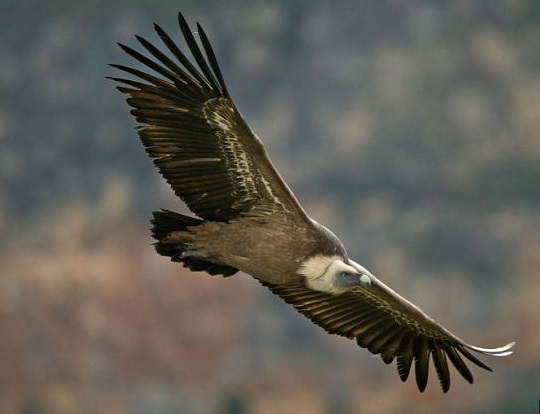
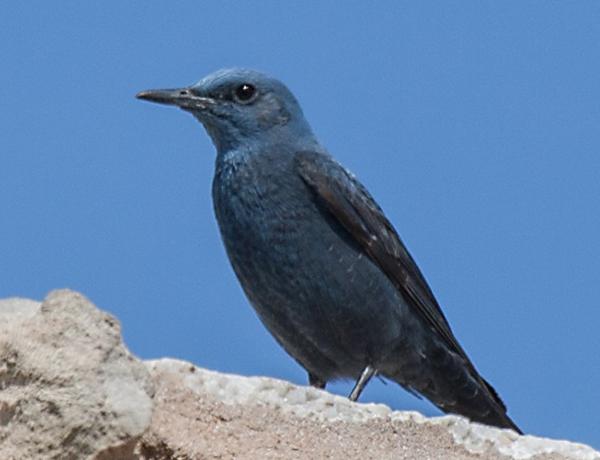
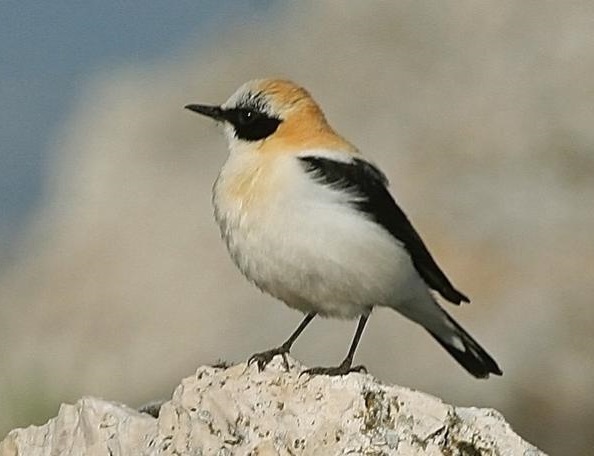
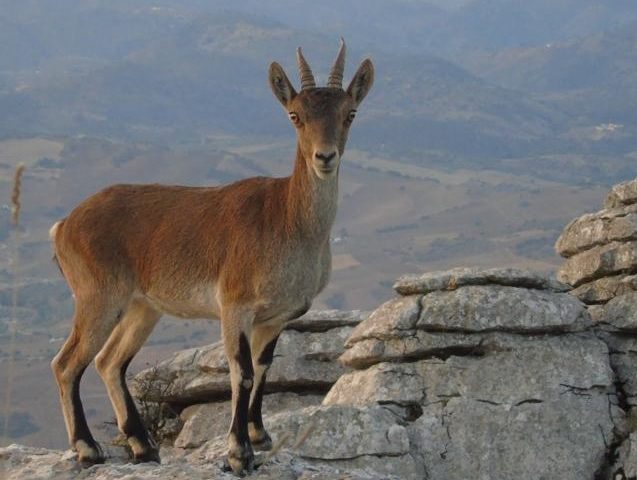
Birds to see in El Torcal
Year round: Black Redstart, Black Wheatear, Blackbird, Blackcap, Blue Rock Thrush, Blue Tit, Bonelli’s Eagle, Chaffinch, Red-billed Chough, Cirl Bunting, Corn Bunting, Crag Martin, Dartford Warbler, Eagle Owl, Goldfinch, Great Tit, Greenfinch, Griffon Vulture, Iberian Grey Shrike, Eurasian Kestrel, Linnet, Little Owl, Peregrine Falcon, Northern Raven, Red-legged Partridge, Rock Bunting, Rock Dove, Rock Sparrow, Sardinian Warbler, Serin, Short-toed Treecreeper, Sparrowhawk, Spotless Starling, Stonechat, Thekla Lark, Wren.
Winter birds: Alpine Accentor, Chiffchaff, Dunnock, Meadow Pipit, Ring Ouzel, Robin, Redwing, Song Thrush, White Wagtail.
Summer birds: Alpine Swift, Orphean Warbler, Barn Swallow, Eurasian Bee-eater, Black-eared Wheatear, Booted Eagle, Western Melodious Warbler, Pallid Swift, Quail, Red-rumped Swallow, Scops Owl, Short-toed Eagle, Subalpine Warbler, Alpine Swift, Western Bonelli’s Warbler, Woodchat Shrike, Common Rock Thrush.
Other wildlife
Mammals: the Spanish Ibex (hispanica subspecies) is the most remarkable mammal at El Torcal. Our chances to see these are generally good. Encounters with Red Fox and Wild Boar are generally difficult but certainly possible on trips starting before sunrise.
Reptiles: the most common reptiles are Large Psammodromus and Iberian Wall Lizard. And the most remarkable species is without any doubt the Ocellated Green Lizard, that can be found widely at the most undisturbed locations. Snakes are active in summer and represented by Horseshoe Whip, Montpellier's and Ladder snakes besides the very unlikely Lataste's Viper.
Plants: a highlight in May is Wild Peony paeonia broteroi in full flower. The endemic Antequera Toadflax Linaria Anticaria is very much sought by visiting naturalists. Wild Orchids can generally be seen from Febraury till late May -just on rainy years-.
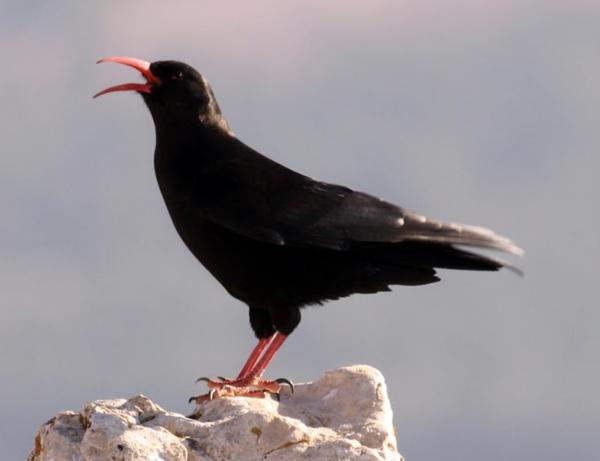
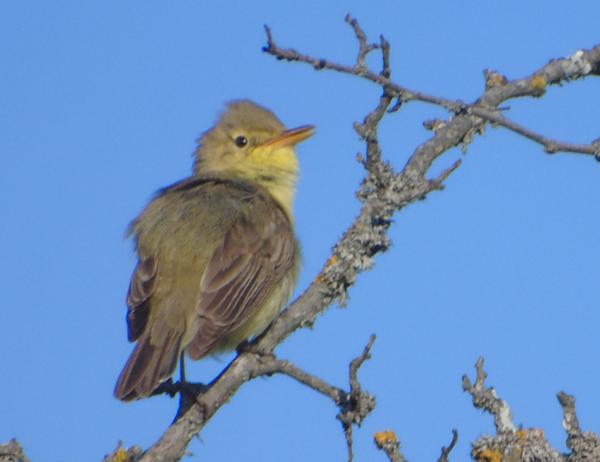
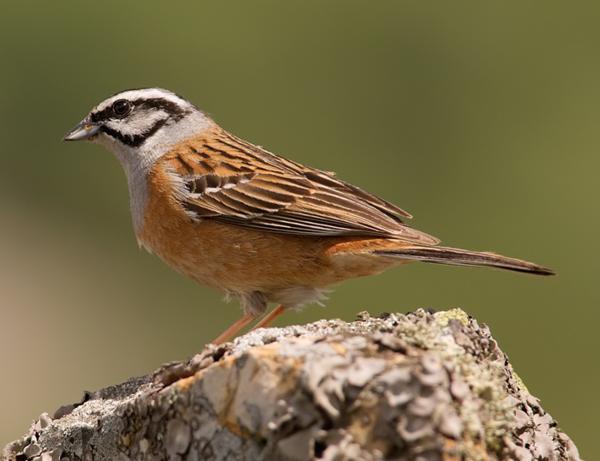
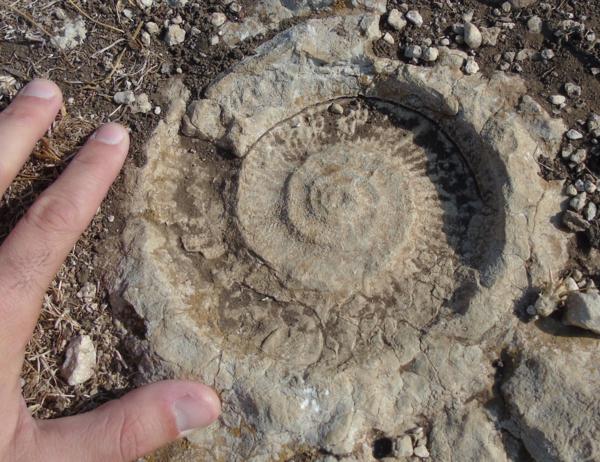
If you have a car and you only need a guide and optical material, we can also arrange those services. Please contact us.